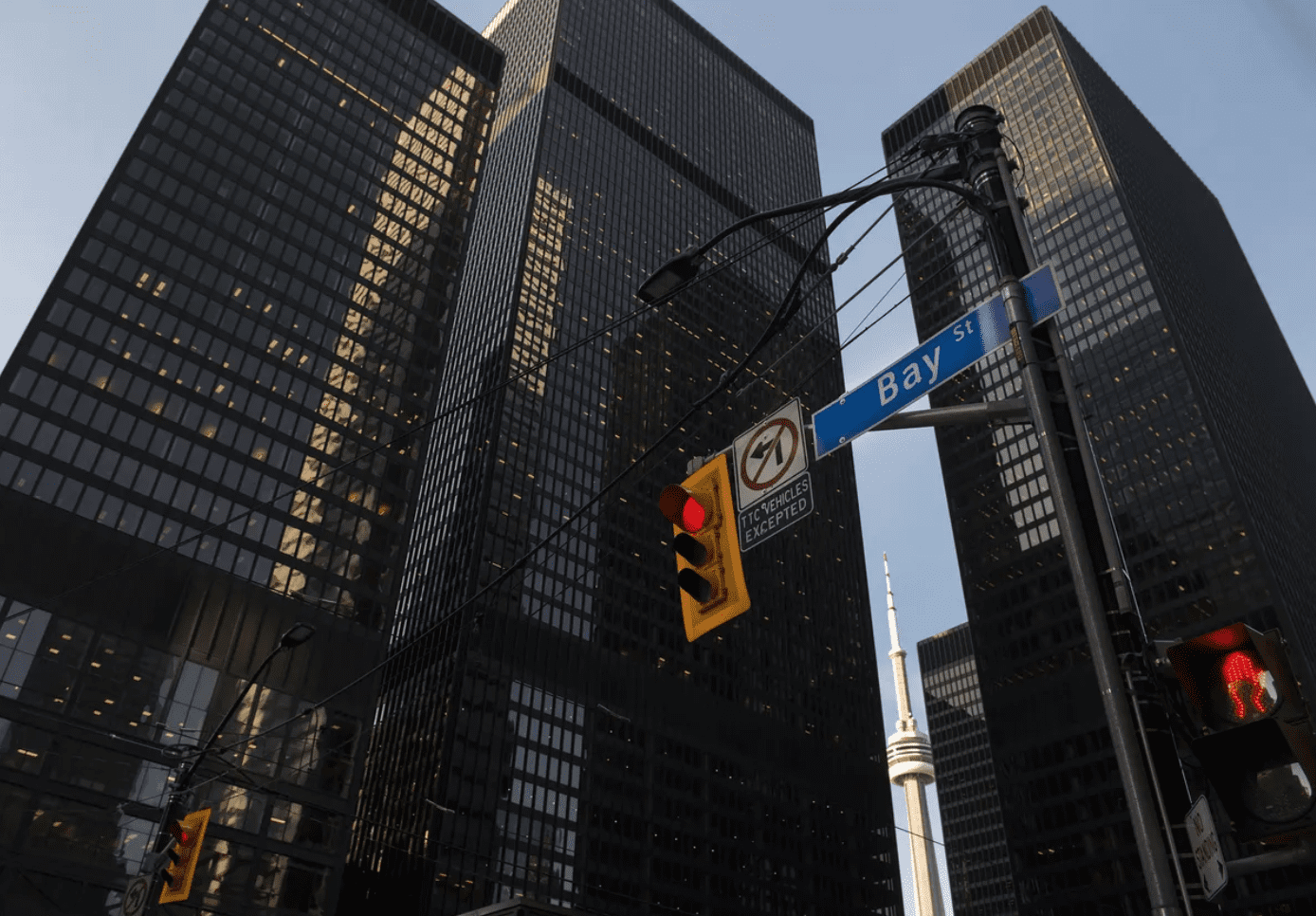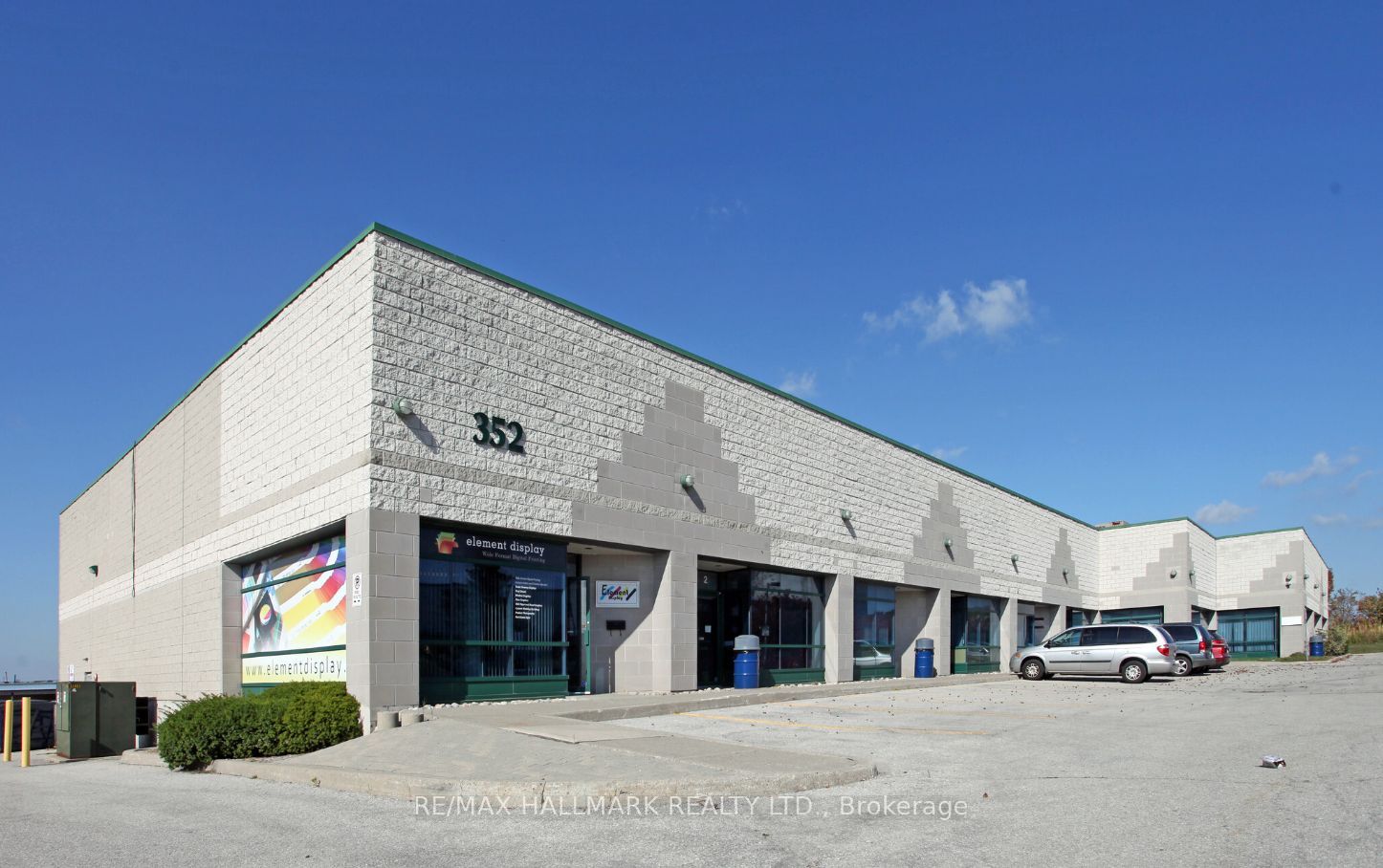Low interest rates tempting for investors in commercial real estate

Low interest rates tempting for investors in commercial real estate
With superlow interest rates, prices rising constantly and a pandemic that has upended the way we work and shop, investing in commercial real estate right now can seem unusually tricky.
But it also can offer unusually good opportunities for those who navigate the low-interest environment and uncertain economy, people in the sector say.
The fundamentals remain the same in the commercial market even during these unusual times, says Jay Jiang, chief financial officer at Dream Office, a Toronto-based real estate investment trust (REIT) with holdings across Canada and in the U.S. and Europe.
“We stayed on the sidelines during the first part of the COVID pandemic. But in the low-interest environment we’ve been more active in acquisitions. We think the value of great office buildings in the best locations in the country will forever be valuable,” he says.
It’s true that work patterns are changing, with many people who have worked at home during the pandemic unsure of when or how often they will use the office. “But we think the office will remain a key part of the way companies work – a place for attracting, retaining and collaborating with employees,” Mr. Jiang says.
In its most recent statement, released on Sept. 8, the Bank of Canada said it’s keeping interest rates low and that this is not about to change soon. The bank has kept its key overnight lending rate at a bottom-scraping 0.25 per cent, concerned about a shaky economic recovery that saw Canada’s gross domestic product actually contract by about 1 per cent in the second quarter and inflation running above 3 per cent.
The bank is also continuing its quantitative easing program – increasing the money supply by about $2-billion per week.
This makes money available and cheap for commercial investors, yet on the other hand, no one is sure exactly how much and how strongly the economy will recover from the pandemic.
“It’s an interesting time because we’ve got some real investment risks in the sector because of the pandemic. At the same time, governments and the bank are trying to mitigate the risks,” says Justin Forgione, commercial broker at Rexton Commercial Realty Advisors Inc. in Toronto.
With low rates and a bank-backed pillow, it can be tempting for commercial real estate investors to go on a shopping spree, but they should still be prudent, Mr. Jiang says.
“It’s generally a good idea to buy good assets, but you need to manage your risk and not carry too much debt. Interest rates may be low now, but it’s hard to speculate on where they will go eventually. If you keep your debt low and retain a lot of liquidity, you can refinance if things change.”
How the future of commercial real estate in Canada and internationally will unfold is still open to a wide range of speculation, but there is a lot of optimism.
In late February, CBRE’s 2021 Real Estate Market Outlook forecast that “office and retail markets, which bore most of the brunt of the pandemic, will find their footing, while industrial and multifamily [residential properties such as apartment buildings] are clearly benefiting from the reallocation of capital into defensive, stable sectors.”
Investment in industrial real estate, such as factories, warehouses and logistical depots, has been especially strong and active, CBRE said.
In a statement accompanying the report’s release, CBRE chairman Paul Morassutti said that “industrial [transactions] outperformed everything in 2020,” and that CBRE expects that by the end of this year, investors will snap up or plough funds into an additional 40 million square feet of office space.
The risk to commercial real estate investors is lower in Tier 1 markets, such as the Greater Toronto Area and Vancouver, Mr. Forgione says.
“If interest rates do go up, the correction won’t be as significant in these big markets as it would be in secondary or third-level markets,” he says.
Some types of commercial assets have become more attractive than others during the pandemic, Mr. Forgione adds.
“The move to working at home and to not going shopping at malls during lockdowns has been punishing some of these assets,” he says. On the other hand, in addition to the boost in value of logistical and industrial spaces that the CBRE describes, outdoor factory outlet commercial properties are doing well, he says.
As long as rates continue to be low, investors should expect that demand for commercial real estate will be generally high, boosting prices, Mr. Forgione says. Even vacant industrial-zoned land is relatively costly now, and rising construction labour and material costs, as well as general inflation, are keeping sale values high.
Mr. Jiang agrees. “Every month it looks like there’s a high water mark for prices, and then there’s a new one. Your land and building material costs are all more expensive, too,” he says.
When interest rates eventually do go up, smaller investors might be affected more severely than larger ones, says Benjamin Shinewald, president and chief executive officer for BOMA Canada, the umbrella group for building operators and managers.
Big institutional investors are able to hedge by holding big cash reserves even as they go shopping for properties, he says.
“The good news about our industry is that it is extremely well capitalized and it takes an extremely long-term view. That’s why institutions such as insurance companies and pension funds invest in us,” Mr. Shinewald says.
Source The Globe And Mail. Click here to read a full story










gateio | Jun 12,2023
I have read your article carefully and I agree with you very much. This has provided a great help for my thesis writing, and I will seriously improve it. However, I don’t know much about a certain place. Can you help me?